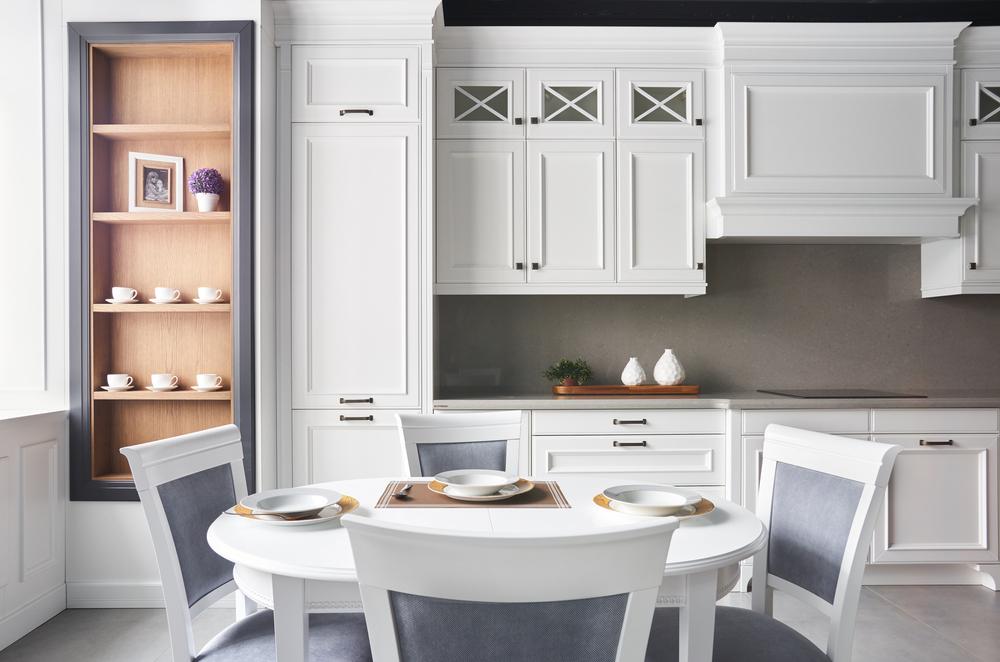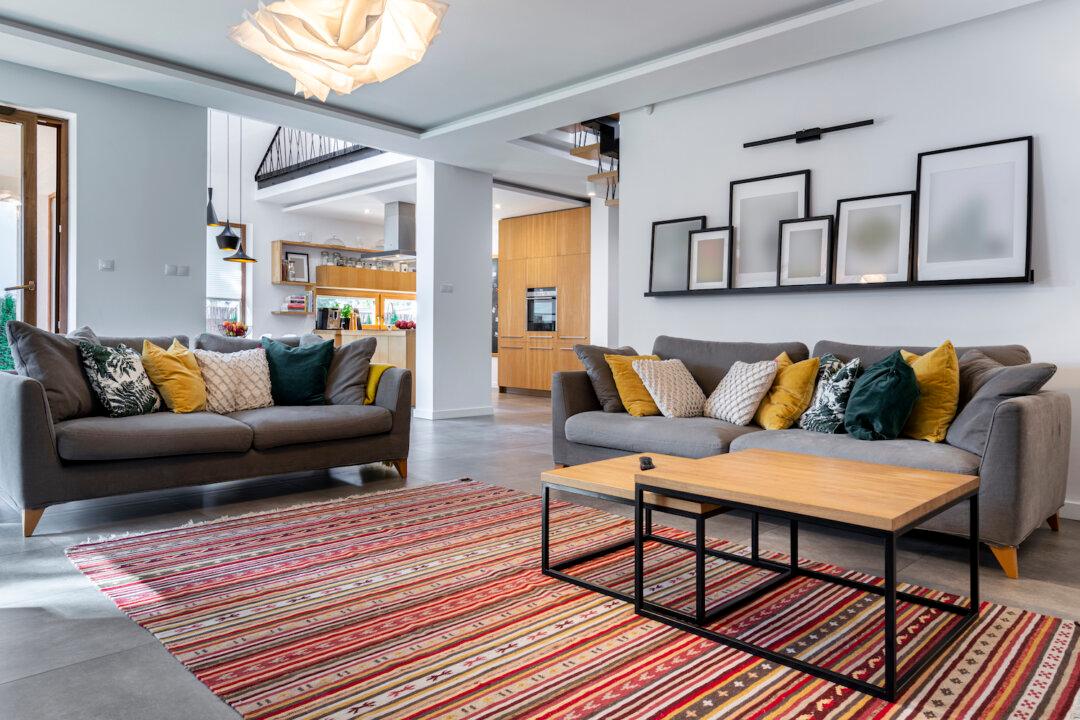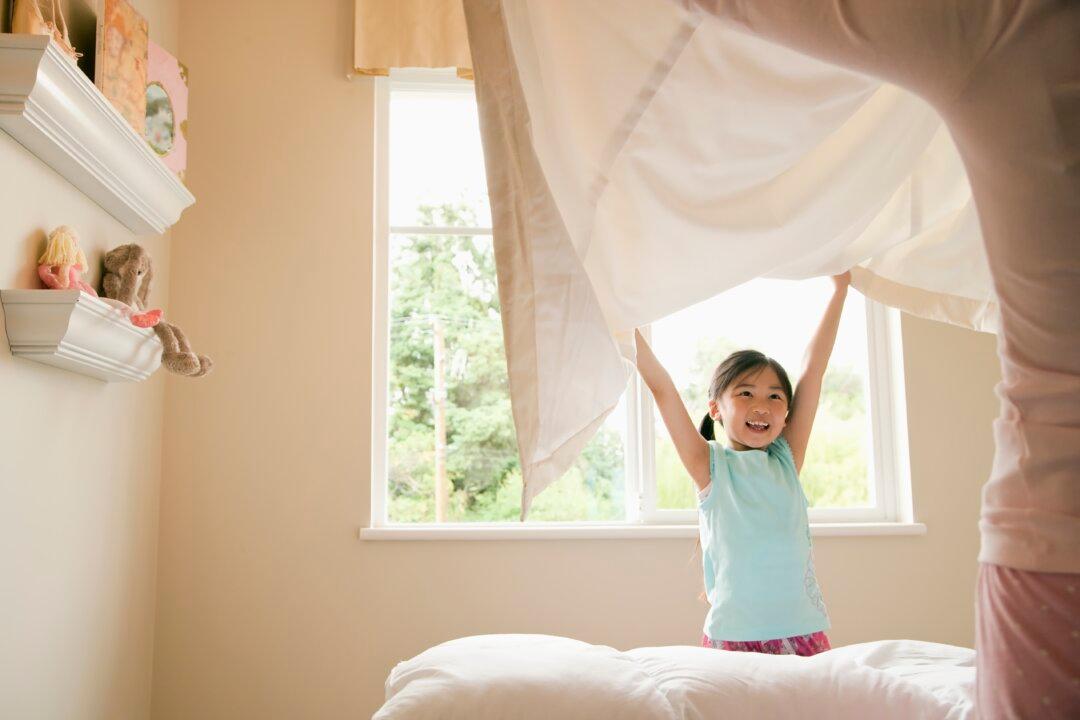If you’re wondering how to paint kitchen cabinets, you’ve come to the right place. Giving your cabinets a makeover can dramatically change the look and feel of your kitchen, whether you’re opting for a clean white paint or a more adventurous dark or colorful hue.
Before you get started, there are some key things you need to know about how to paint kitchen cabinets, as the process is different than learning how to paint a room or how to paint a wall. For one, it almost always takes longer than you think—often twice as long, says Hunter MacFarlane, a project expert with Lowe’s based in Mooresville, North Carolina.



